All About The Concrete Cutting Blade-Uses, Types, and Cost
Cutting through concrete requires a specialized type of blade called the concrete cutting blade. If you’re into professional construction, home improvement, or do-it-yourself projects, you may already know about the concrete blade. If not, this article has all you need to know about concrete blades and your options when buying one.
Why Cut Concrete?
First, why would you need to cut concrete? Professionals do it all the time and for a variety of reasons –from making room for plumbing and electrical installations to wall openings and general remodeling work. During demolition work, too, when it’s necessary to break up large areas into smaller chunks。
For the DIY-er, you may want to cut concrete for demolition, remodeling, making repairs, or simply shaping it. All these jobs require a blade that can handle the job, and that’s where the concrete cutting blade comes in.
Concrete cutter blades come designed to fit specific saw types as well as cut different materials, so you’ll need to choose one that suits your project. Let’s now delve into discussing the concrete blade itself for a better understanding of what it is and how it functions.
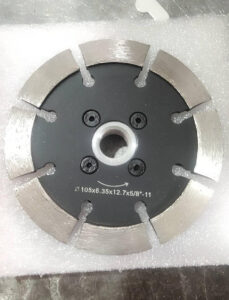


Diamond cutting blade for cutting concrete, both green and cured concrete
Concrete Cutting Blade
The concrete cutting blade is a specialized blade that can cut through concrete and other materials like bricks, stone, and asphalt. It is usually made from a strong steel core with diamond particles bonded onto the edges, or it can be an abrasive disc. Here’s more about these two types of blades.
Diamond Concrete Cutting Blade
The diamond concrete cutting blade is the most popular type, mostly because of its ability to cut quickly and precisely through concrete. Essentially, it’s a round cutting tool made of two main parts: a steel core and a diamond edge or segments.
The steel core helps to keep the blade stable when cutting, while the diamond particles are what actually cut through the material.
Being a hard-wearing material, the diamonds in the blade will last a long time and cut even the toughest concrete. This makes it great for those big construction jobs that require both and cutting speed.
Diamond cutting blades cost higher than other types of blades, of course. However, they are worth it, especially if you’re doing a large-scale job. They can also be used to cut through other materials, such as stones and bricks.
Abrasive Disc Concrete Cutting Blade
An abrasive disc concrete cutting blade is an alternate option for those who don’t want to invest in a diamond blade. It essentially is a concrete cutting wheel that uses a different material and design. Instead of diamonds, the abrasive material is usually made of aluminum oxide or silicon carbide.
Apart from the mentioned materials, an abrasive disc concrete cutting blade may contain a mix of other compounds held in place by a strong bond.
Abrasive discs are usually cheaper than diamond blades but aren’t as effective when cutting through tough materials like concrete. They can only be used for small jobs or intermittent cutting.
They also heat up quickly and need to be allowed to cool, plus they tend to produce a harmful dust when in use.
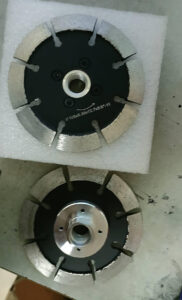


Concrete Cutting Blade Sizes
Concrete cutting blades are available in an array of different sizes, seeing that they are built differently for different saw types. Some blades are meant to cut deeper than others, and are built to fit very large concrete tools such as the walk behind saws.
Others are smaller versions for smaller cutters. In this category, you can obtain a concrete cutting blade for angle grinder, a concrete cutting blade for circular saw cutters that you can hold in the hand, and so on.
Generally, concrete saw blade sizes range from 4 inches up to 36 inches. Popular ones include the following:
4-inch concrete cutting blade
6-inch concrete cutting blade
7-inch concrete cutting blade
9-inch concrete cutting blade
12-inch concrete cutting blade
Other popular sizes include the 20 and 24-inch blades. When purchasing a concrete cutting blade, make sure that you know the size and type of saw it is intended for. The size of the blade you to use will depend on the type of job you’re doing and the saw you’re using.
Generally, larger saws require larger blades, while smaller saws can work with smaller ones. It’s also important to select a blade that will create the desired finish on the concrete being cut. Some projects may require a blade that produces a smoother finish than others.
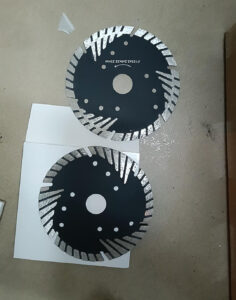


Concrete cutting blade price depends on blade design, size, and material
Concrete Cutting Blade Price
The concrete cutting blade price mainly depends on the material that makes up the blade as well as the blade’s size and design. That means there will usually be a considerable range in price when looking for one – and that, the more complex the design, the higher the price.
If you’re looking for a quality concrete cutting blade, prices range from around $20 to over $100. Higher-priced blades are usually stronger and better suited for bigger jobs.
Note that diamond concrete blades are usually more expensive than abrasive discs because of their superior cutting power and longer lifespan. So they’re the most used blades today, both by professionals and DIYers.
That said, the overall cost-effectiveness should be considered when selecting a blade for concrete cutting. Cheaper blades may not cut as effectively or last as long, so invest in one that fits your needs.
You can also check out online reviews and try searching for discount blades on the web, as some retailers sell them at a reduced price.
This is our advice when selecting a blade to cut concrete: Consider not just the cost, but also your project needs. Invest in a quality blade that fits your saw and will give you the desired results— it will be worth it in the long run.
Conclusion
Understanding the concrete cutting blade is paramount when it comes to undertaking the many tasks of construction projects. As we have seen, these blades are available in different material types, sizes, and prices.
Diamond saw blades are the most expensive but also the best for all jobs, both large and small, while abrasive disc blades are cheaper but better suited for smaller tasks. The right blade for your work needs means great results.

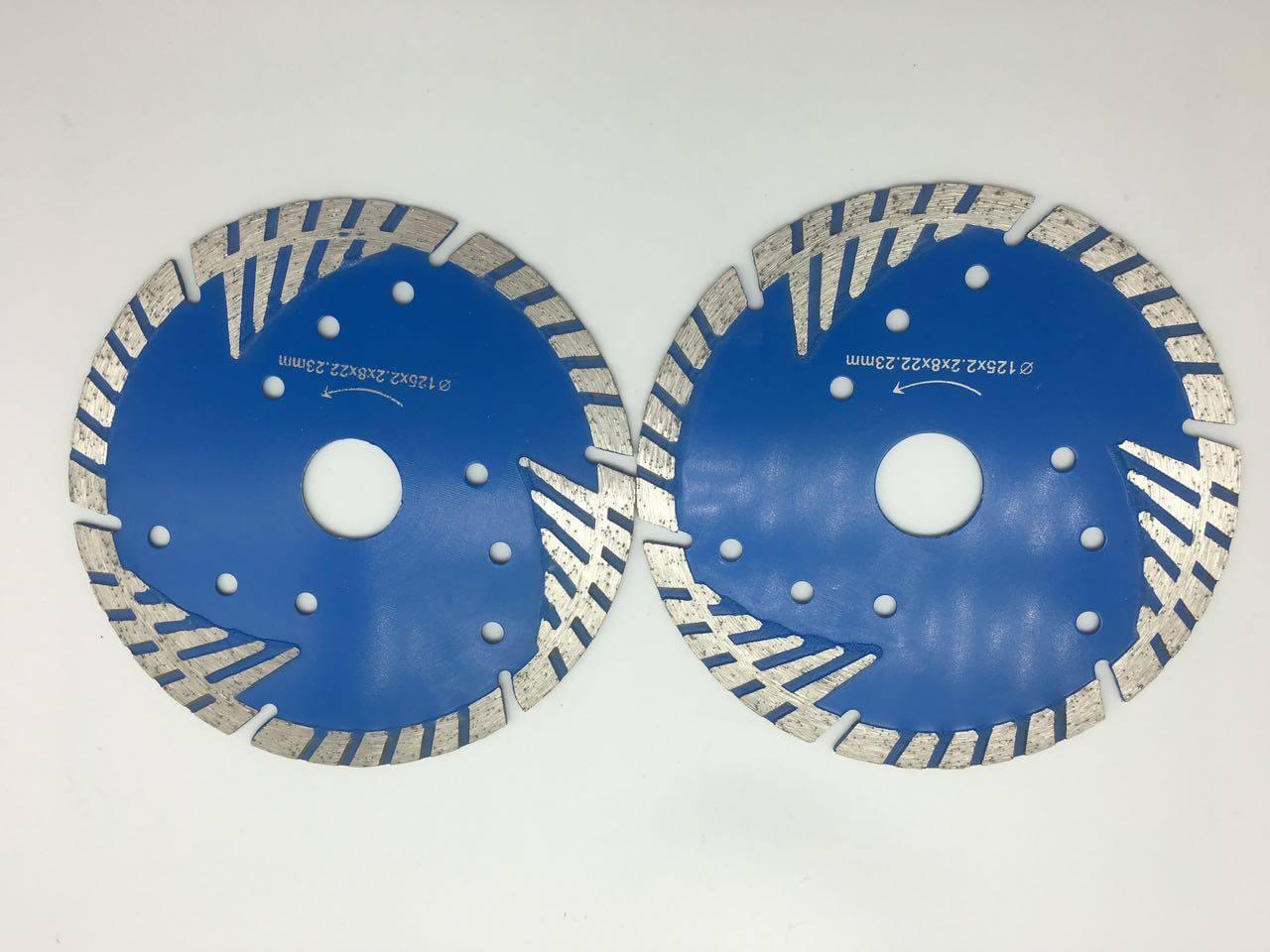
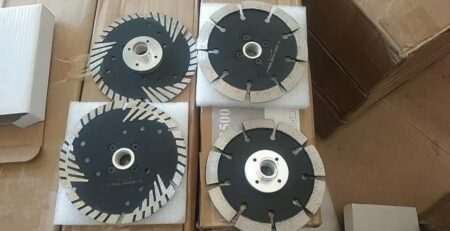
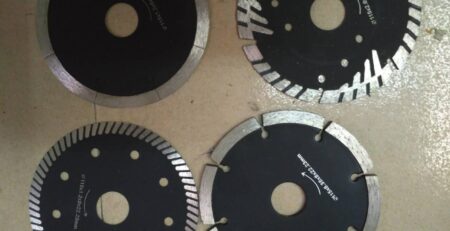
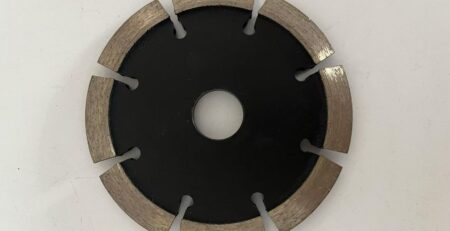
Leave a Reply